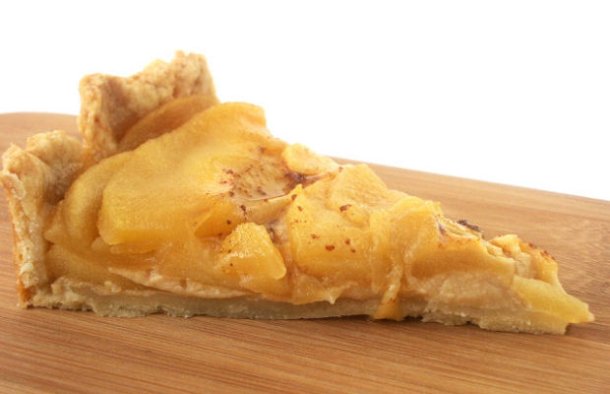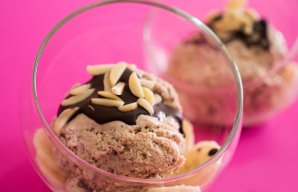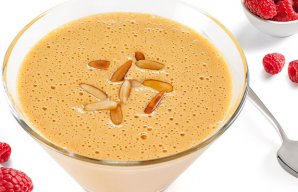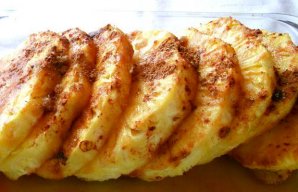By Eddy − On Thursday, March 2, 2023, 1 year ago in
Dessert Recipes
5 out of 5 with 4 ratings
comments: 0 - views: 2662

| Preparation time | 30 min |
| Cooking Time | 1 h 15 min |
| Ready In | 1 h 45 min |
| Level of Difficulty | Easy |
| Servings | 6 |
Ingredients
Base:150g of flour60g butter/margarine1/2 teaspoon of salt50g brown sugar2-3 tablespoons of waterCream250 ml of milk (can be skimmed)1 tablespoon of cornstarch (Maisena)1 yolk100g of brown sugar1 teaspoon vanilla extractTopping4 medium apples cut into thin slices100g of brown sugar1 tablespoon butter/margarine1 egg beaten with 1 tbsp brown sugarCinnamon powder (to taste))
Get Portuguese ingredients 
Instructions
Base:
- Mix the flour with the sugar and salt.
- Add the butter/margarine cut into small pieces and incorporate with your hands.
- Add water, 1 tablespoon at a time, until you get a dough that is moldable but does not stick to your hands.
- Place in the refrigerator while preparing the cream.
Cream:
- Bring the milk, cornstarch, egg yolk and sugar to a boil, stirring until thickened.
- Allow it to cool and add the vanilla extract.
Topping:
- Heat the butter/margarine in a small pan with the sugar and apples and cook until they are soft.
- Drain the apples reserving the broth.
- Add 2 tablespoons of the reserved broth to the beaten egg mixture with 1 tablespoon of brown sugar.
Assembly:
- Roll out the base (sprinkle the work surface and the rolling pin with flour) and place in the tart pan.
- Cover with parchment paper, place some weights on top and place in a preheated oven at 180ºC for 10 min.
- Remove the base from the oven, remove the weights and parchment paper.
- Spread the cream over the base and distribute the apples on top.
- Brush with the beaten egg mixture and sprinkle with cinnamon to taste (if desired).
- Bake for 45 minutes at 180ºC, or until the pie is golden brown.
Recipe & Photo Credit: receitasdeportugal.com
You might also like:
Banana & Yogurt Ice Cream Recipe
Serve this delicious banana and yogurt ice cream with banana slices, melted black chocolate and chopped almonds or walnuts.
| Level of Difficulty | Very Easy |
| Servings | 4 |
Portuguese Baba de Camelo Recipe
This delicious, 4 ingredient, Portuguese baba de camelo recipe is so easy to make.
| Level of Difficulty | Very Easy |
| Servings | 6 |
Baked Pineapple with Cinnamon Recipe
Serve this delicious and refreshing baked pineapple with cinnamon (ananás assado com canela) with a scoop of ice cream.
| Level of Difficulty | Very Easy |
| Servings | 4 |
There are no comments for this recipe.



